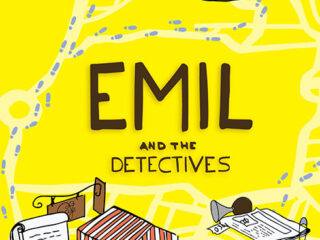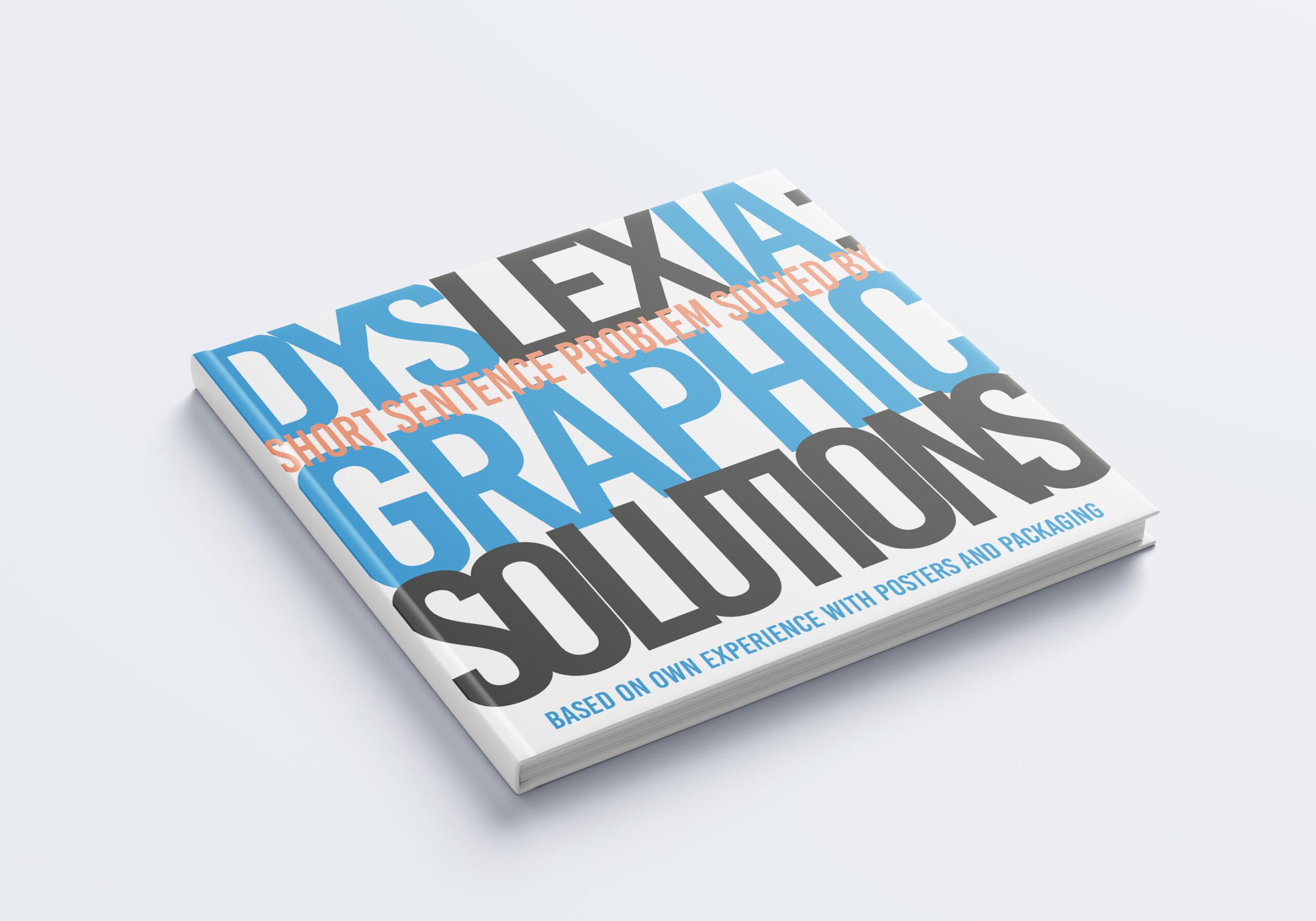
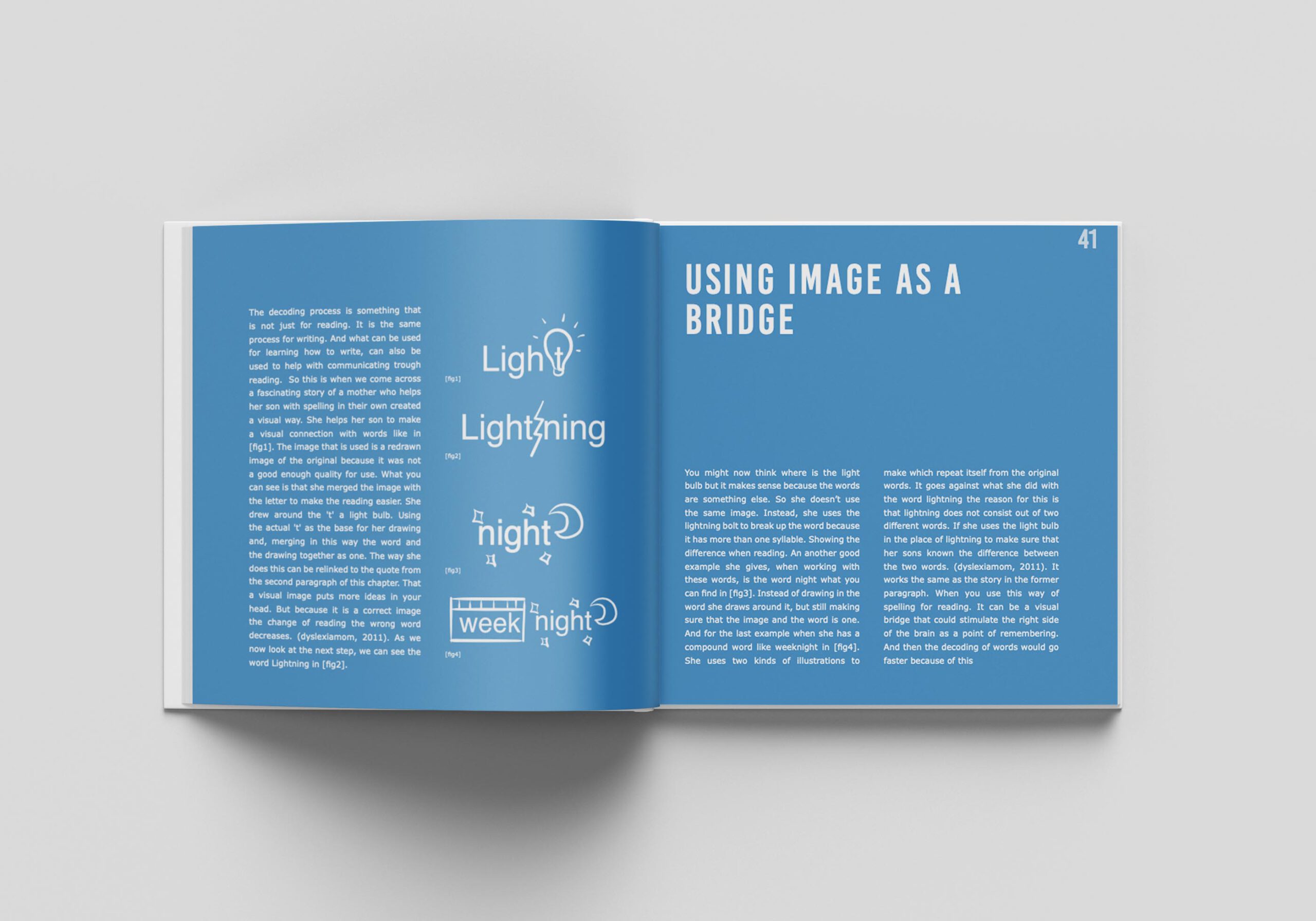
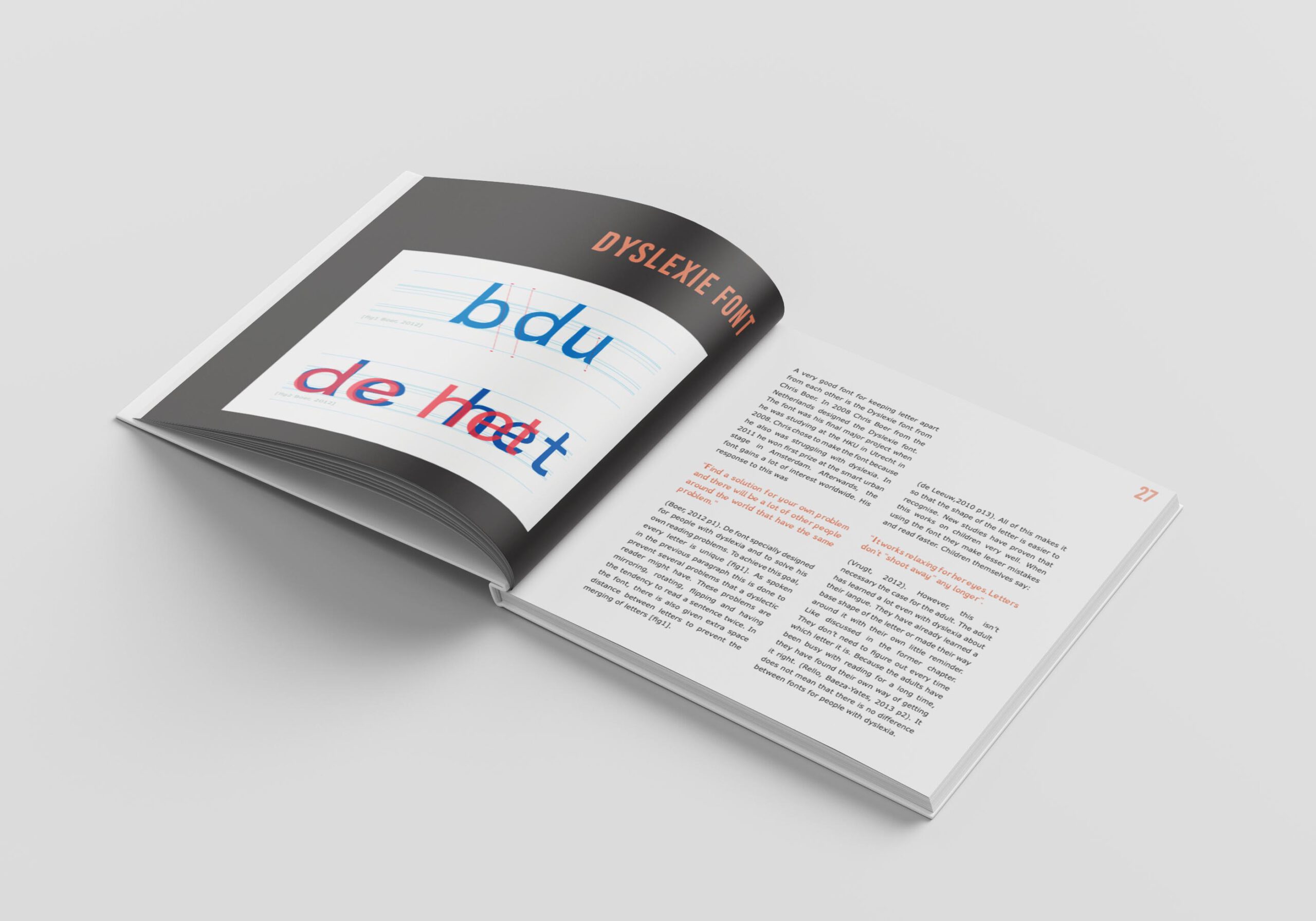
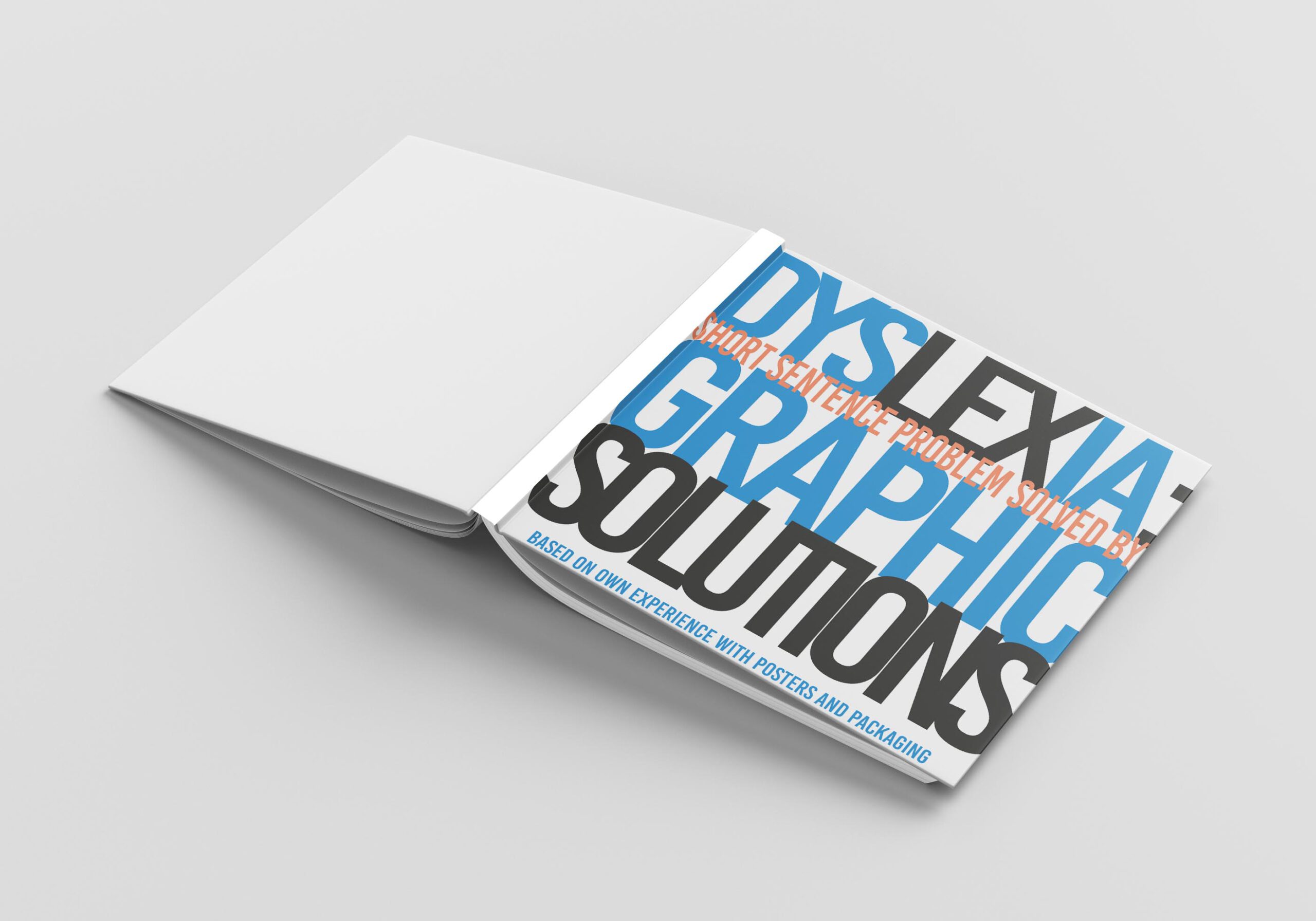
Dyslexia
Short Sentence Problems Solved By Graphic Solutions
The final dissertation submitted to the University of Northampton represents the culmination of extensive research and personal experiences gathered from individuals with dyslexia, including the author’s own firsthand encounters. Focused on the specific challenge of processing short sentences, the dissertation provides a comprehensive exploration of the difficulties faced by individuals with dyslexia in accurately comprehending and correcting misread sentences. It delves into the underlying factors contributing to this issue, recognizing the limitations of existing support mechanisms and emphasizing the need for independent assistance that is not reliant on external aid.
One of the primary areas of focus within the dissertation is the investigation of contexts where misread short sentences commonly occur, with a particular emphasis on packaging design. By examining the challenges that arise in this ubiquitous domain, the research aims to uncover strategies and interventions that can enhance readability, comprehension, and error correction for individuals with dyslexia. The dissertation draws upon a range of theoretical frameworks and empirical evidence to propose practical design interventions that promote inclusivity and accessibility. By addressing the unique challenges posed by misread short sentences in packaging, the research contributes valuable insights to the field and provides guidance for designers and practitioners seeking to create more inclusive and user-friendly solutions.
Through its rigorous academic inquiry, this dissertation advances our understanding of dyslexia and its impact on processing short sentences. It offers evidence-based recommendations and insights for designing inclusive solutions that empower individuals with dyslexia to independently navigate and comprehend text. By shedding light on the intricacies of this issue and proposing innovative strategies, the dissertation paves the way for further advancements in supporting individuals with dyslexia and fostering a more inclusive society. The research opens up new avenues for exploration and highlights the importance of considering the needs and experiences of individuals with dyslexia in design practices and beyond.


